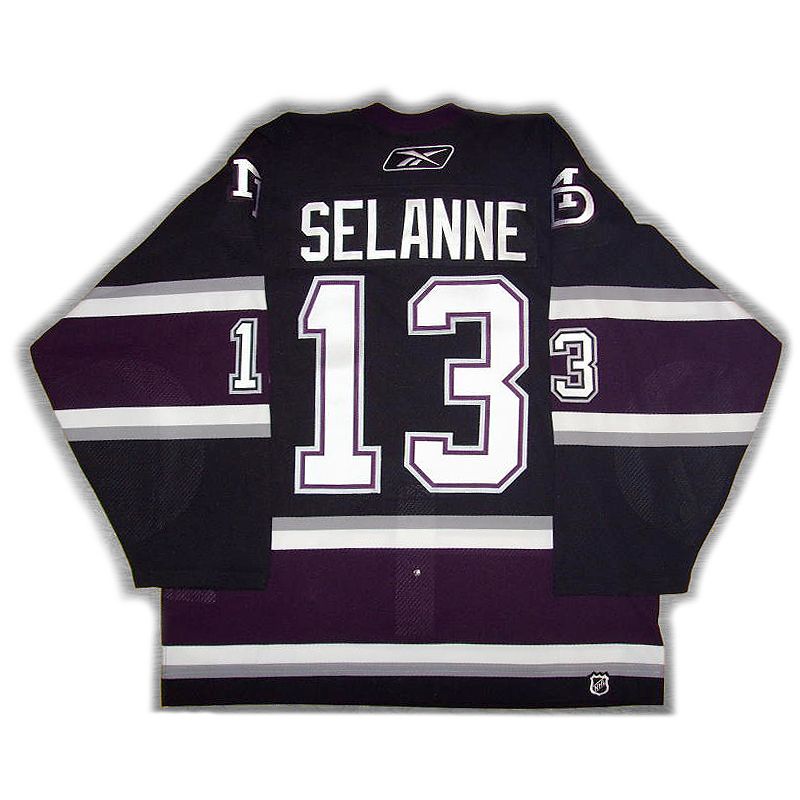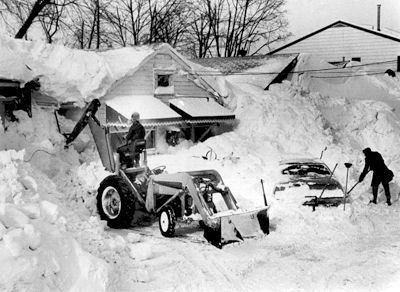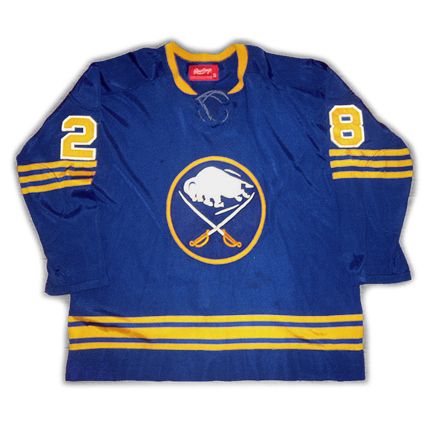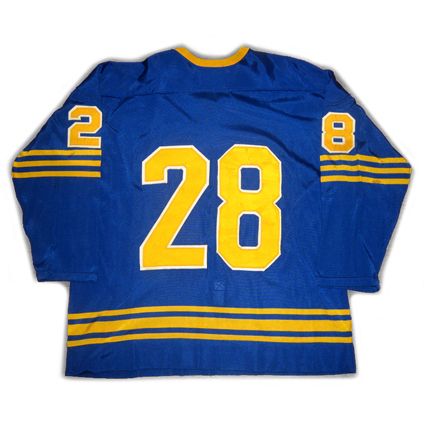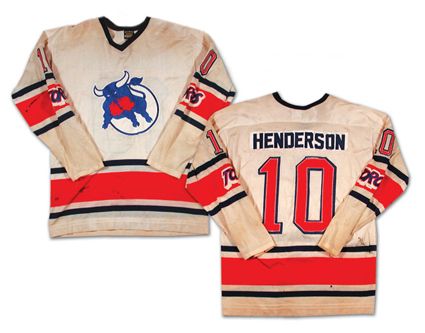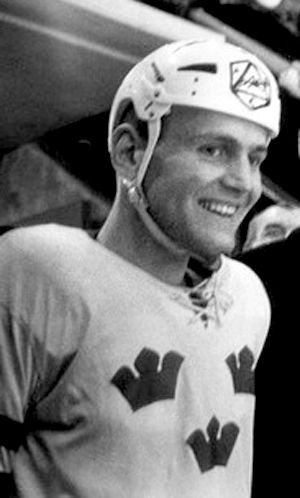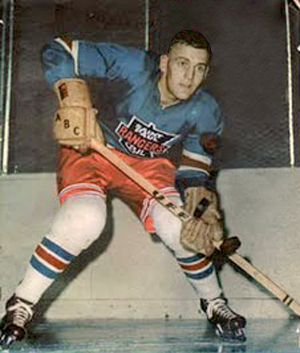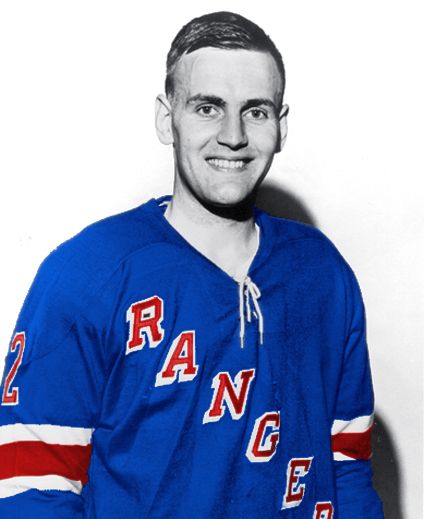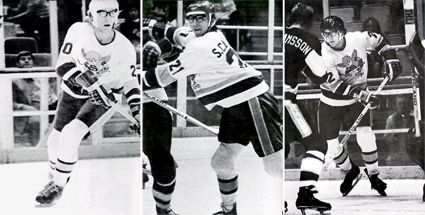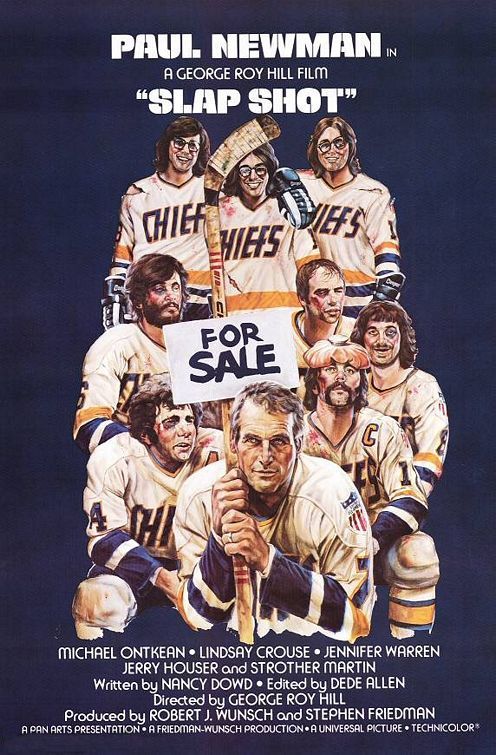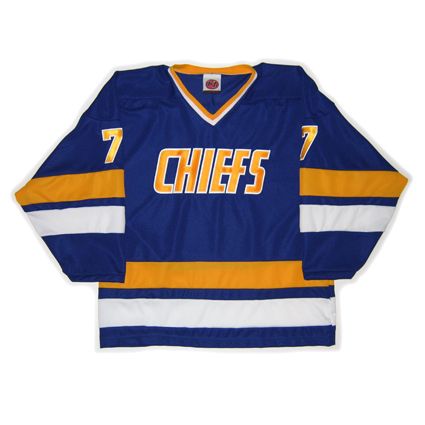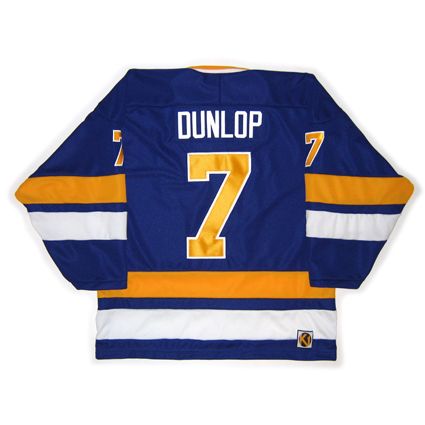As the cold front reached Buffalo at 11:35 AM, the temperature fell 26 degrees, reaching zero within four hours and the winds now averaged 46 mph with gusts up to 69 mph, creating wind chills of -60º to -70º.
Thousands were stranded in offices, schools and factories as roads became impassable when as much as eight inches of snow fell or was blown off the frozen Lake Erie, on top of the 33 inches that had already choked Buffalo that winter. An estimated 13,000 people were stranded in downtown Buffalo alone, along with an estimated 8,000 cars clogging the roads of the city, many of which ended up completely buried. Some Sabres employees were forced to sleep overnight in the Sabres home rink "The Aud", among the 300 people who took shelter there.
Six homes were completely destroyed on one block as fire trucks were unable to get through the drifts to reach the fire. A state of emergency was declared in Erie County were Buffalo is located, as well as Niagara, Orleans and Genesee counties as drifts reached 15 feet high by nightfall as the high winds combined with the unusual weather conditions earlier that winter left Lake Erie covered with ice and a layer of snow that was easily picked up by the winds and deposited on shore in Buffalo. In a typical winter, the snow on the lake went through a thaw and freeze cycle that would leave it with a hard crust on top, preventing the wind from carrying the snow into the city in such massive amounts.
Driving home from practice, winger Jim Lorentz had to abandon his car and walk the last mile as the snow was now "bumper-high". He did not find his car until three days later.
Gary McAdam had five separate accidents in his new Thunderbird in his attempt to return home. At the scene of the fifth accident, while examining his battered car, another vehicle came sliding toward his, causing McAdam to jump onto the trunk of his car as the sliding vehicle came to a halt against his bumper.
It took Lee Fogolin and Brian Spencer an incredible four hours to make the five-minute drive to their condominium. They were not seen again for three days.
Sabres coach Floyd Smith postponed the team's planned departure from Friday to Saturday, but the blizzard conditions remained as the wind continued to howl, clocked at speeds up to 51 mph, blowing even more snow into Buffalo from Lake Erie.
Saturday, for the first time in 143 years the Buffalo Courier Express could not publish it's morning newspaper.
Coach Smith was able to make it to the airport by following snow plows, but it stretched his usual 20 minute drive to two hours. Defenseman Jerry Korab couldn't even open the door of his house, so he called winger Rene Robert and told him, "If you want me to protect you tonight, come dig me out." Robert arrived with his four-wheel-drive truck, dug Korab out and headed off for the airport with three additional teammates along for the ride.
By 3 PM, only 10 players had arrived. As Smith as about to phone Montreal to cancel the game, Jocelyn Guevremont, who had gotten to his four-wheel-drive vehicle by jumping out of a window and shoveling his way to his garage, arrived with four other players, giving Buffalo enough bodies to make the trip.
"On the plane, the stewardesses were hollering at the pilots that we couldn't take off," recalled Don Luce. "I think they tried to turn it around, but all the plane did was blow sideways. Somehow they got it in the air."
Sabres Hall of Fame announcer Ted Darling was unable to make the flight to Montreal and was forced to call the game over the phone from his apartment while watching the game on television.
The undermanned Sabres arrived in Montreal and held the Canadiens to 19 shots on goal, which earned them a 3-3 tie on this date in 1977.
The blizzard forced the Sabres to cancel the following night's game in Buffalo against the Los Angeles Kings, a day when the winds continued to howl with gusts up to 52 mph.
Monday, the Sabres boarded a bus for what turned out to be a 10-hour trip across New York State for a game against the Islanders to start a three game road trip as the storm raged in Buffalo until Tuesday. While only 12 inches of new snow fell, the wind created drifts that finally topped out at 30 feet. Some areas even banned snowmobiles, as one rider was injured in a collision with a chimney on top of a house and the high drifts caused low clearance issues with power lines! Some towns even resorted to using metal detectors to locate buried cars before plowing the roads.
The Sabres next scheduled home game against the Toronto Maple Leafs was also postponed while the city was still recovering from the paralyzing drifts, meaning the Sabres went two weeks without a home game. Additionally, the Buffalo Braves of the NBA postponed four of their scheduled home games.
In all, there were 29 storm related deaths in Western New York, 11 of those in the City of Buffalo. Nine of those unfortunate people were found buried in their cars.
Today's featured jersey is a 1976-77 Buffalo Sabres Bob Sauve jersey, the style worn in Montreal the night 15 intrepid Buffalo Sabres managed to escape storm ravaged Buffalo to take on the defending Stanley Cup champion Montreal Canadiens and hold them to a 3-3 tie.
Sauve was a rookie with the Sabres that season and went on to play nine seasons in Buffalo which included winning the Vezina Trophy with Don Edwards in 1980 and the Jennings Trophy with Tom Barasson in 1985.
At the time the Sabres were only in their sixth season and this was still their original jersey style with the tie-neck collar, no logos on the shoulders and without names on the back, which were added the following season.
Today's first video is an amazing look at the Blizzard of 1977 and it's effects on Buffalo.
Here is a pair of videos showing how a wall of snow coming off of Lake Erie can turn an ordinary day into a white out in a matter of minutes.
Dasherboard: Hockey Weekend Across America begins today and it's "Wear Your Favorite Hockey Jersey Day", so go dig out your favorite jersey and participate!

